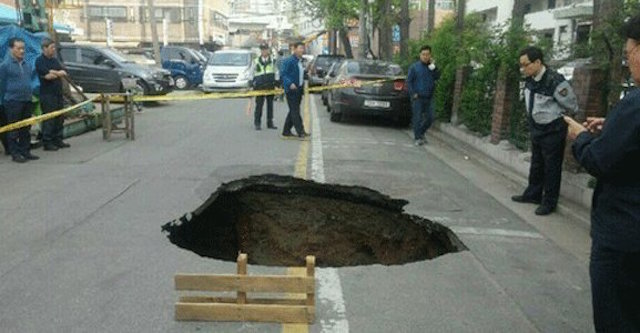OF THE
TIMES
A nation that continues year after year to spend more money on military defense than on programs of social uplift is approaching spiritual doom.
Wow. There are bad omens here with references to the Four Horsemen of the Apocalypse and a riderless horse you would see at a funeral. From...
Not these grannies!!! [Link]
Can't wait to see that happen... "People are determined to be respected." ... speaking of which, less food would do wonders though!!
Did anyone else notice the reference to 9-11? Big Ben's hands were at 9:00, and it bonged eleven times? I wonder if BB can be hacked these days? I...
So it was them? Darn those Ruskies with Punjabi accents who tried to scam me last year. You have to hand it to them Ruskies for imitating foreign...
To submit an article for publication, see our Submission Guidelines
Reader comments do not necessarily reflect the views of the volunteers, editors, and directors of SOTT.net or the Quantum Future Group.
Some icons on this site were created by: Afterglow, Aha-Soft, AntialiasFactory, artdesigner.lv, Artura, DailyOverview, Everaldo, GraphicsFuel, IconFactory, Iconka, IconShock, Icons-Land, i-love-icons, KDE-look.org, Klukeart, mugenb16, Map Icons Collection, PetshopBoxStudio, VisualPharm, wbeiruti, WebIconset
Powered by PikaJS 🐁 and In·Site
Original content © 2002-2024 by Sott.net/Signs of the Times. See: FAIR USE NOTICE

Reader Comments
to our Newsletter